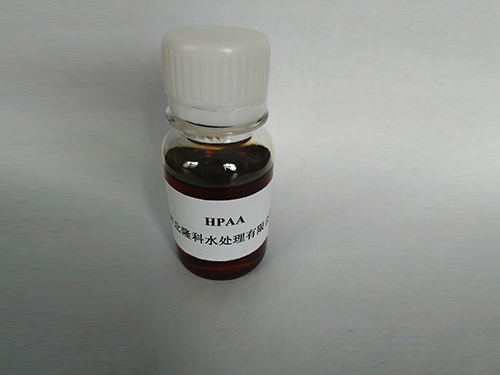anionic polyacrylamide
The Versatile Applications of Anionic Polyacrylamide in Various Industries
Anionic polyacrylamide (APAM) is a water-soluble polymer that has garnered significant attention across various industries due to its unique properties and versatile applications. It is formed by polymerizing acrylamide in the presence of an anionic group, which gives it the ability to interact with charged particles in aqueous solutions. This article delves into the characteristics, applications, and benefits of anionic polyacrylamide in diverse sectors.
Characteristics of Anionic Polyacrylamide
Anionic polyacrylamide is characterized by its high molecular weight and anionic nature, which means it carries a negative charge. This property enables it to effectively bind with positively charged particles, resulting in the agglomeration of suspended solids. Such behavior is pivotal for its role as a flocculant and coagulant in various processes. Additionally, APAM exhibits excellent solubility in water, forming a viscous solution that can enhance its performance in applications ranging from wastewater treatment to agriculture.
Applications in Water Treatment
One of the most significant applications of anionic polyacrylamide is in the water treatment industry. APAM is widely used as a flocculant in municipal and industrial wastewater treatment processes. By promoting the aggregation of suspended particles, it helps to clarify water by aiding in the removal of impurities and contaminants. This is particularly important in treating wastewater generated from industries such as mining, textiles, and food processing. The use of APAM not only improves water quality but also enhances the efficiency of the treatment process, leading to reduced operational costs.
Role in Agriculture
anionic polyacrylamide

In the agricultural sector, anionic polyacrylamide serves as a soil conditioner that promotes water retention and reduces erosion
. When applied to soil, APAM forms a gel-like network that holds moisture and nutrients, making them available for plant uptake. This characteristic is especially beneficial in arid and semi-arid regions where water scarcity is a pressing issue. Moreover, the use of APAM in agriculture can improve crop yields and reduce the need for chemical fertilizers, contributing to sustainable farming practices.Industrial Applications
Beyond water treatment and agriculture, anionic polyacrylamide finds applications in various industrial processes. In the oil and gas sector, it is utilized in enhanced oil recovery, where it helps to improve the mobility of crude oil during extraction. The addition of APAM to drilling fluids can enhance viscosity and stability, facilitating smoother drilling operations. Furthermore, APAM is employed in the paper and pulp industry as a retention aid, improving the efficiency of the paper-making process by ensuring better fiber retention and reducing material loss.
Environmental Considerations
While anionic polyacrylamide has numerous beneficial applications, its environmental impact is a subject of inquiry. APAM is considered non-toxic and biodegradable under specific conditions, which makes it a more environmentally friendly option compared to other chemical additives. However, it is essential to monitor its usage to prevent potential accumulation in the environment. Efforts should be made to develop sustainable practices around its application to maximize benefits while minimizing any adverse effects.
Conclusion
Anionic polyacrylamide is a multifaceted polymer with applications that span across water treatment, agriculture, and various industrial processes. Its unique properties enable it to play a crucial role in enhancing efficiency, promoting sustainability, and improving the quality of products and processes. As industries continue to seek environmentally friendly solutions, the importance of APAM is likely to grow, making it a key player in future advancements. With ongoing research and development, the potential of anionic polyacrylamide can be harnessed even further, paving the way for innovative applications and improved practices across multiple sectors.
-
Pbtc Scale InhibitorPBTC: A Scale Protector for Industrial Water TreatmentNewsAug.05,2025
-
Organic Phosphonate: An Efficient Defender in the Field of Scale InhibitionNewsAug.05,2025
-
Hydrolyzed Polymaleic Anhydride: Green Pioneer in Scale Inhibition FieldNewsAug.05,2025
-
PAPEMP Polyamino Polyether Methylene Phosphonic Acid For SaleNewsAug.05,2025
-
Flocculant Water Treatment: A Pioneer in Purification in the Field of Water TreatmentNewsAug.05,2025
-
Benzyl Isothiazolinone: An Efficient and Broad-Spectrum Antibacterial Protective GuardNewsAug.05,2025





